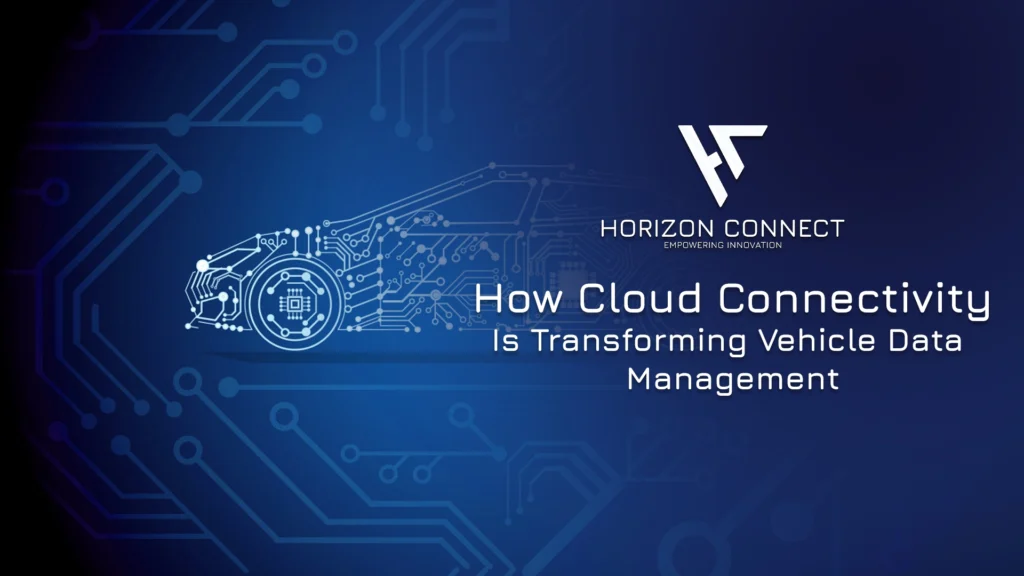The automotive industry is undergoing a significant transformation, thanks to the rise of cloud connectivity. As vehicles become increasingly smart and connected, the amount of data cars generate continues to grow. Managing this vast volume of data effectively is crucial for optimizing vehicle performance, improving safety, and enhancing the overall driving experience. Cloud connectivity is vital in managing, analyzing, and securing this data, helping automakers and drivers alike.
What is Cloud Connectivity in Vehicles?
Cloud connectivity refers to the ability of vehicles to communicate with the cloud, a network of remote servers that store, manage, and process data. This technology enables vehicles to send and receive real-time information, allowing automakers and service providers to analyze vehicle performance, offer software updates, and improve driver services.
Key Benefits of Cloud Connectivity in Vehicle Data Management:
- Real-Time Data Processing: Cloud connectivity allows for the real-time processing of data collected from sensors, cameras, and other in-vehicle systems. This enables quick analysis of the car’s performance, such as engine health, fuel consumption, and braking efficiency, leading to better maintenance and overall performance.
- Over-the-Air (OTA) Updates: With cloud connectivity, manufacturers can deliver OTA software updates to vehicles, improving functionality, fixing bugs, and enhancing security features. This eliminates the need for vehicle owners to visit dealerships for software updates.
- Enhanced Vehicle Diagnostics: Cloud-connected vehicles can diagnose issues remotely and alert drivers and manufacturers about potential malfunctions. Predictive maintenance is made possible, which reduces the chances of breakdowns and increases vehicle reliability.
- Data-Driven Insights: Automakers can collect and analyze data on how drivers use their vehicles, providing insights into driver behavior, preferences, and common issues. This data helps manufacturers to improve vehicle design and customize future features based on user needs.
- Improved Safety and Autonomous Driving: Cloud connectivity enhances the capabilities of autonomous and semi-autonomous vehicles by allowing them to communicate with infrastructure, other vehicles, and external systems. This improves decision-making and ensures safer driving.
- Scalability and Flexibility: Cloud platforms offer scalable storage and processing power, which can handle the growing amount of vehicle data. Whether it’s a single vehicle or an entire fleet, the cloud provides flexible solutions to meet diverse data management needs.

Challenges in Cloud Connectivity for Vehicles
While cloud connectivity offers numerous benefits, it also presents challenges, including:
- Data Security: As vehicles become more connected, protecting sensitive data is paramount. Automakers must implement robust security measures to prevent data breaches and cyberattacks.
- Latency Issues: Real-time data processing requires minimal latency, and any delays in data transmission can impact vehicle performance, particularly for autonomous systems.
- Data Privacy: With the increasing amount of data collected, ensuring user privacy and complying with data protection regulations is essential.
Conclusion
Cloud connectivity is transforming the automotive industry, enabling smarter data management and more efficient vehicle operations. By allowing vehicles to connect to cloud platforms, manufacturers can improve performance, enhance safety features, and provide seamless updates. As cloud technology continues to advance, its role in vehicle data management will only grow, shaping the future of the connected car experience.


